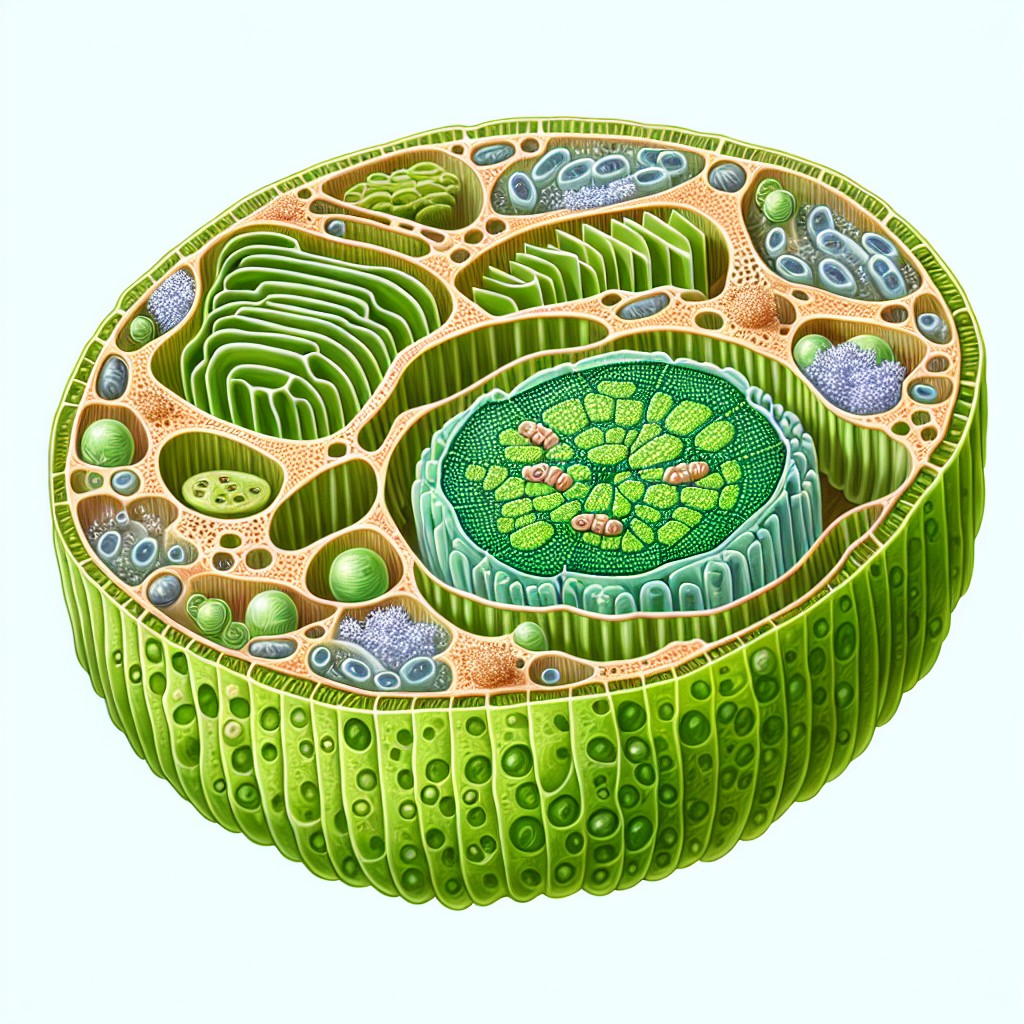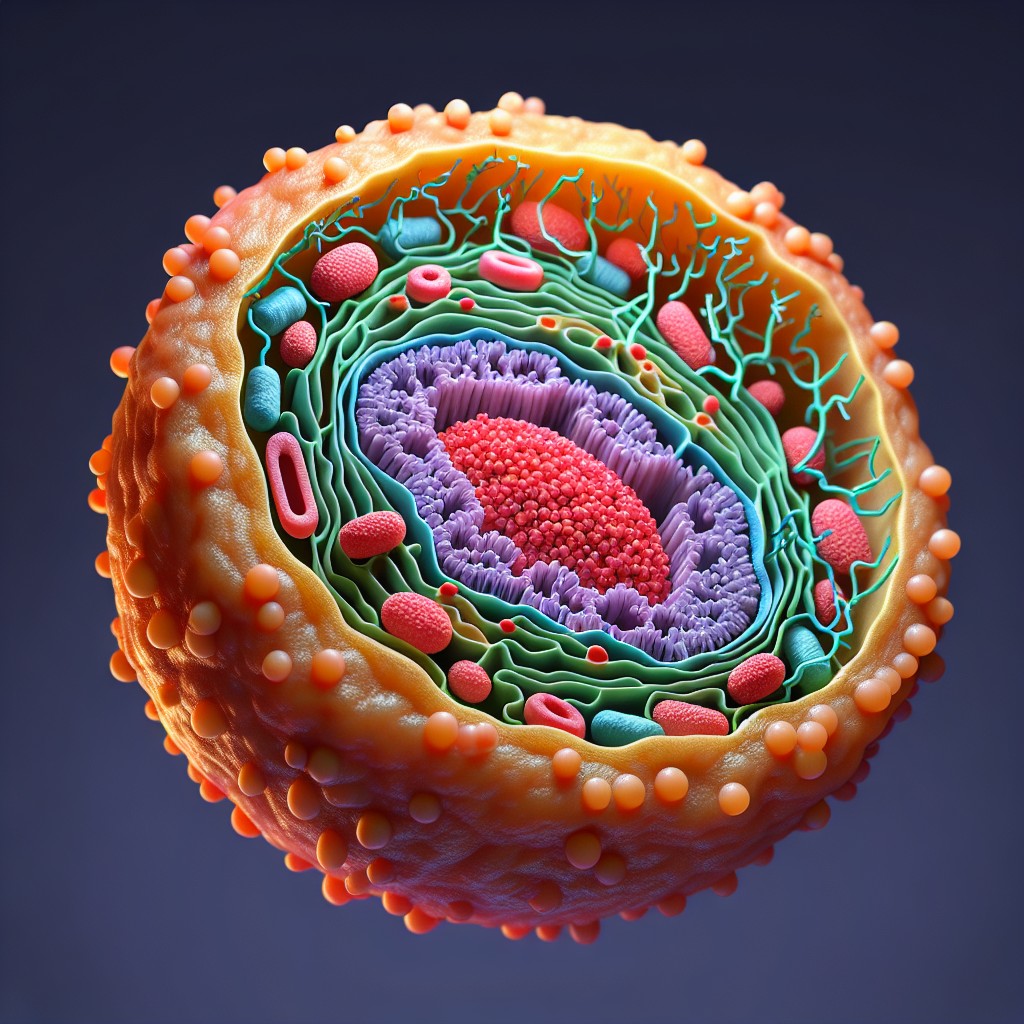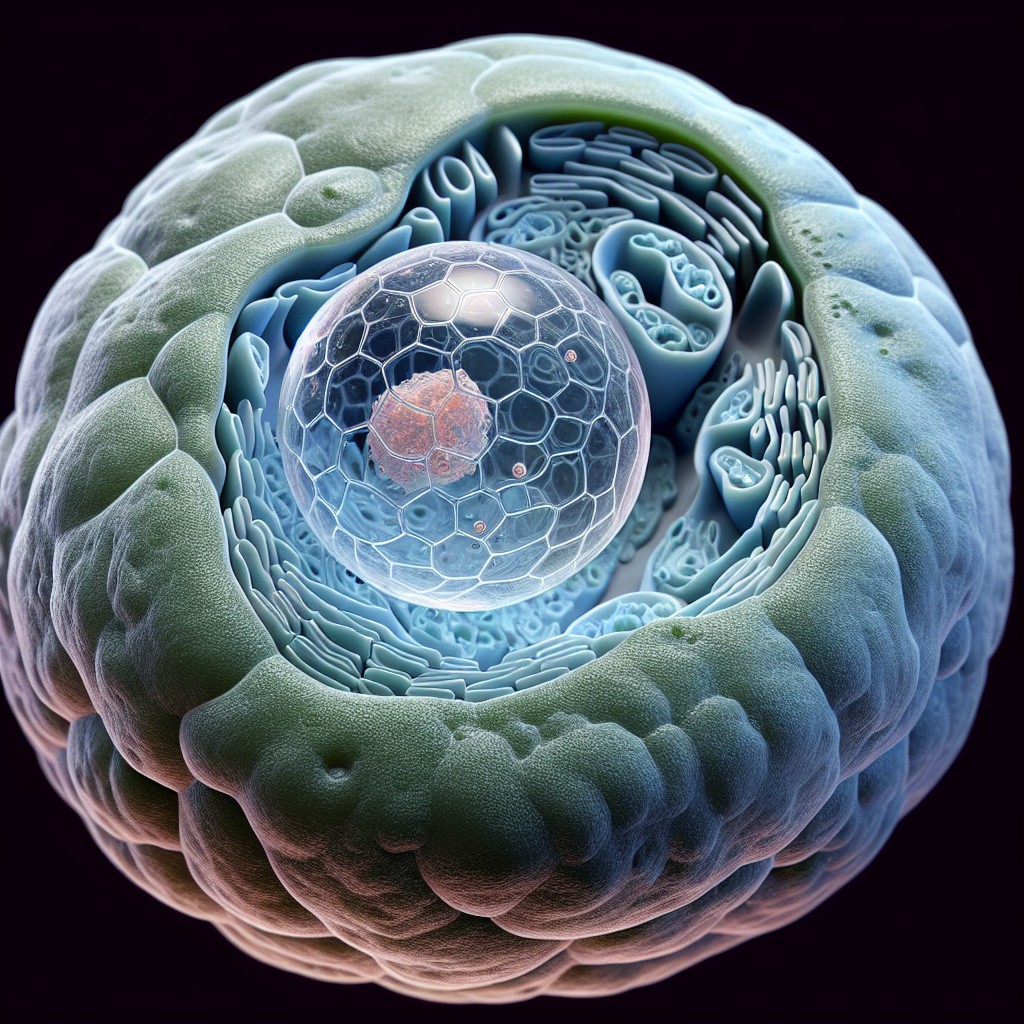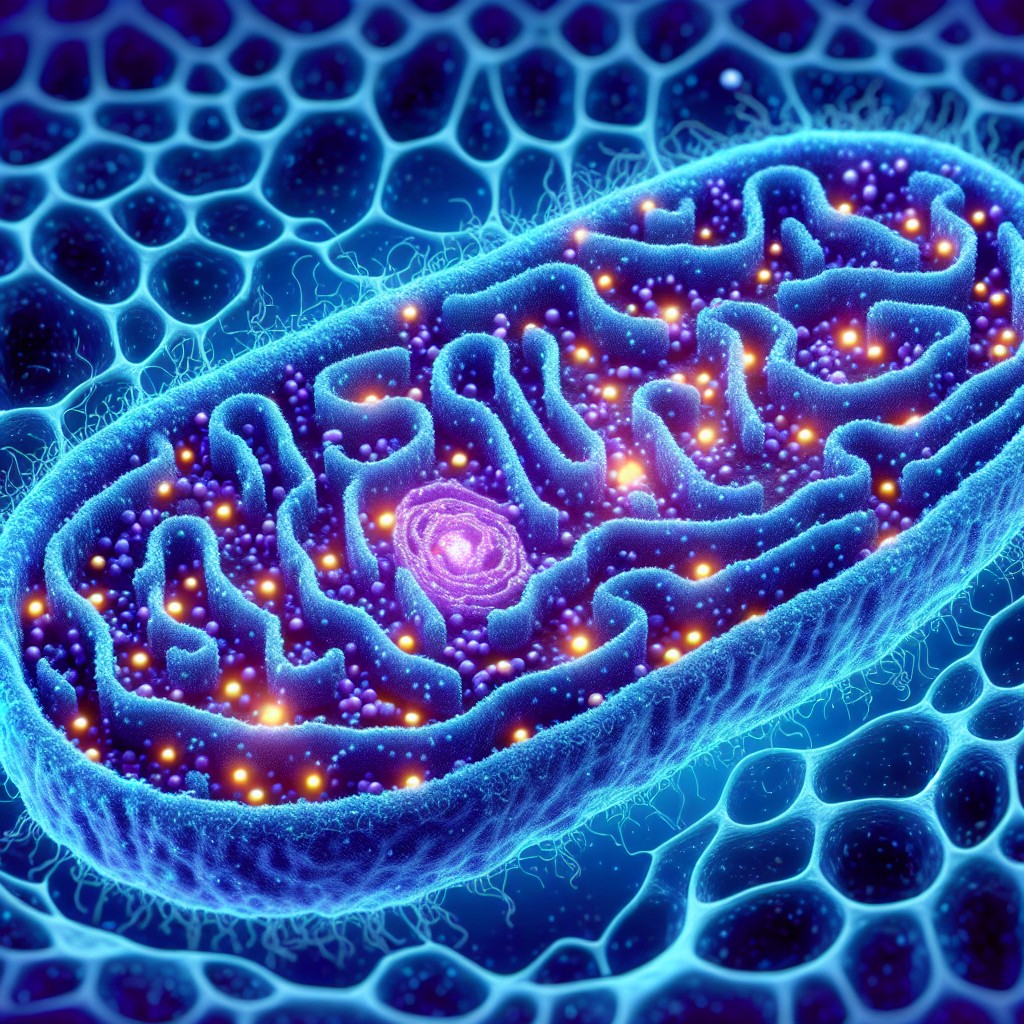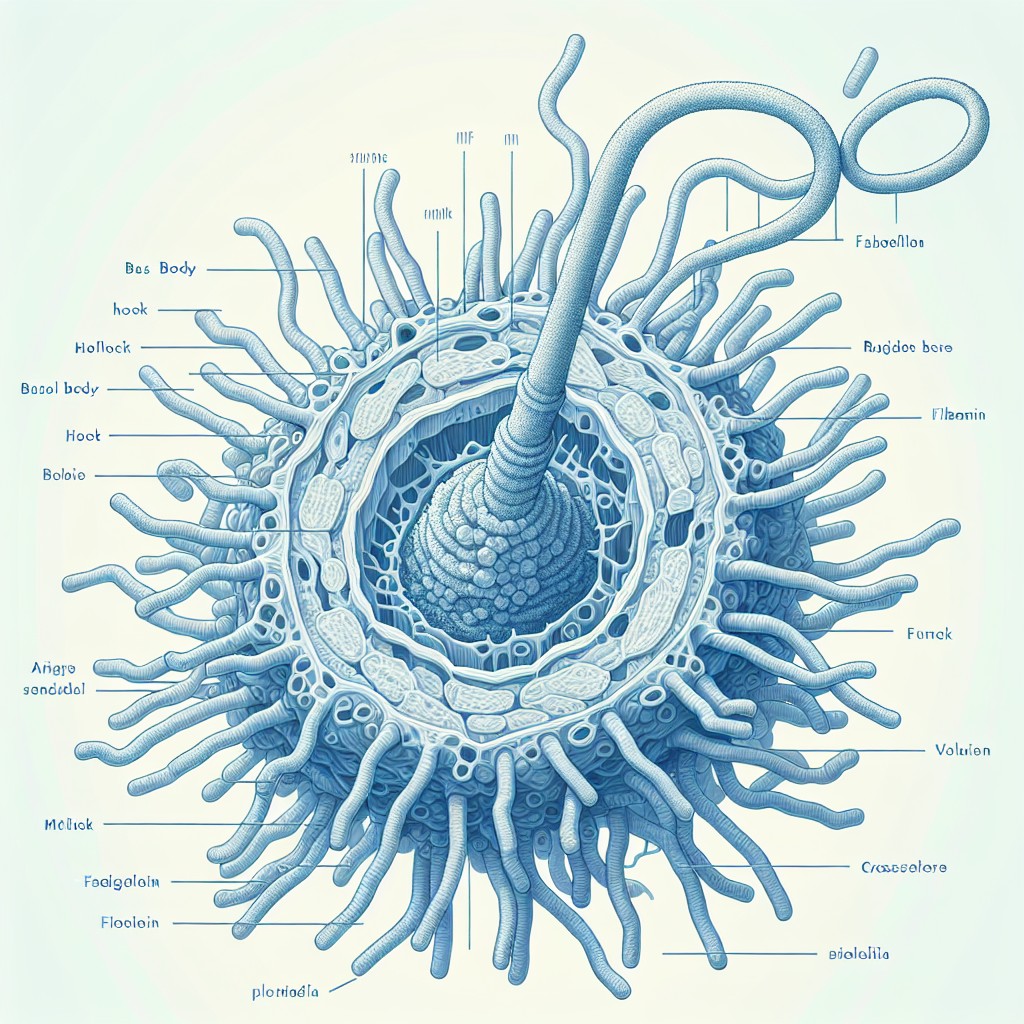Unleashing the Power of Chloroplast: The Key to Sustainable Agriculture
Chloroplasts are essential organelles found in plant cells that play a crucial role in plant growth and development. These green structures are responsible for photosynthesis, the process by which plants convert sunlight into energy. Chloroplasts contain chlorophyll, a pigment that captures light energy and uses it to produce glucose, the primary source of energy for […]
Unleashing the Power of Chloroplast: The Key to Sustainable Agriculture Read More »
